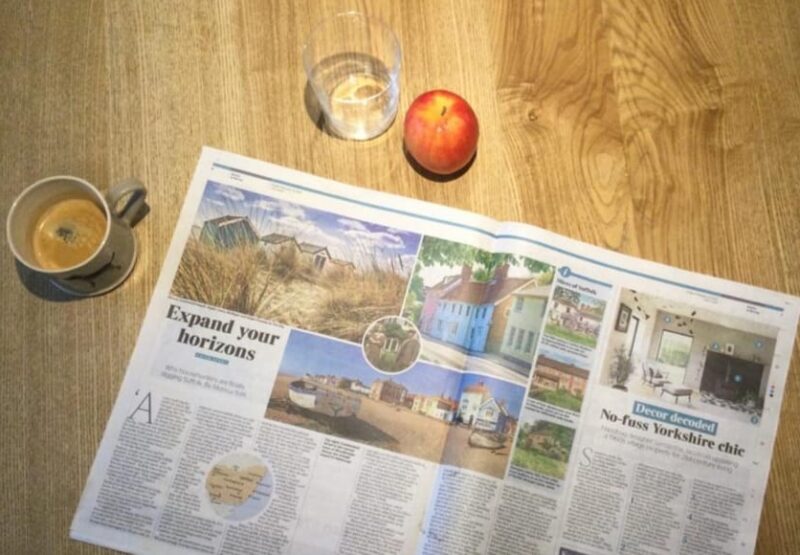I imagine that we all have a favourite jumper or a favourite pair of shoes, or something, that when we wear it, makes us feel good. It is true that the clothes that we choose to wear often – not always – reflect something about us as an individual. Equally, the clothes that we wear can transform our mood and our confidence.

I think that is why some of you dislike uniform because it restricts your opportunity to express yourself through your clothes. On top of which, if you wear things that you like, you usually feel better about yourself and therefore you look better, you walk a bit taller and you grow in confidence.
I am sure we all have clothes for different moments in our lives. I certainly have particular things that I wear when I want to curl up and read my book all day, which are different to the clothes I wear when I come to work or go out with a friend. I don’t think I am any different to anyone else in that sense. And nor are my favourite clothes the smartest clothes that I have. One of my favourite things for example is a jumper with more holes in it than fabric. It is old, smells of wet dog and yet, I love it and would wear it all the time if I could. It comforts me, envelopes me and protects me.
I also have clothes that I wear when I need a boost to my confidence. If I have an important meeting or a presentation to do or a difficult conversation to have, I will wear the clothes that make me feel positive and happy. In those circumstances, it is as if the clothes that I wear are my armour against the challenges or uncertainties that I have to face. I wonder if I am the only one or whether you understand what I mean.
I thought about this particularly over the weekend when I watched the Coronation. I watched every minute from 0830 in the morning until 3 in the afternoon. And I loved it. I was looking forward to the pomp and ceremony, the outfits, the hats, the robes, the uniforms and I wasn’t disappointed. Whether it was recognising the different regiments through the colour of their jackets and their berets, admiring the Welsh composer Karl Jenkins’ chutzpah in wearing aviator sunglasses inside Westminster Abbey, or critiquing the dresses of some members of the Royal Family.
In complete contrast to the flamboyance of some of the outfits in Westminster Abbey on Saturday, I was struck by the sight of King Charles as he was surrounded by members of the clergy who removed his colourful and extravagant outer robes to prepare him for the moment of coronation. In that moment, he lost any sense of grandeur as his vulnerability and fragility as a 74-year-old man was revealed. There was nowhere to hide, nothing to disguise any nervousness, nothing to protect him.
Quite literally it was as if his armour, the robes that defined who he was, were taken away to reveal the man beneath. And in doing this, we could all see that he was quite simply a human being like any one of us. I felt quite humbled by it, as he stood there in his shirt sleeves, stripped of all material evidence of his importance.
I realise of course that this was quite deliberate: we are reminded of Charles, the ordinary man, before we then see him transformed into Charles, our King defined the royal garments placed upon him: first the anointing gown, then the Imperial Mantle and finally the Robe Royal. Each garment defining him as the King.
And do we treat people differently because of what they wear? Would we pretty much ignore Charles the old man in his plain white shirt but immediately consider Charles the King in his glitzy finery as someone to acknowledge and respect? Do we assume someone in a smart suit is successful whereas someone in a pair of holey jeans and a scratty pair of trainers is the opposite? Do we make assumptions based on what we see? Is that fair? I think we all do this to some extent, because as I said at the beginning, what someone wears says something about the person they are. They are communicating something through their clothes.
But here’s the thing. Regardless of what we wear, sleek suits or woolly jumpers, Schöffels or sequinned dresses, underneath, we are fundamentally all the same, we are flesh and blood, and as such we are all equally as vulnerable and fragile as each other. In a world which is quick to judge and slow to forget, we would all do well to remember this and to treat each other the way we would like to be treated ourselves, regardless of the messages that are coming from what we wear.







